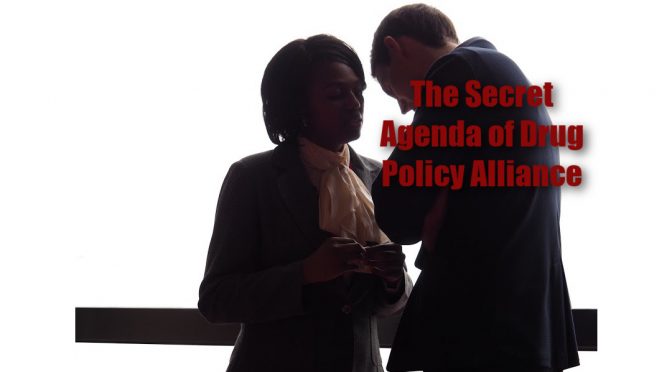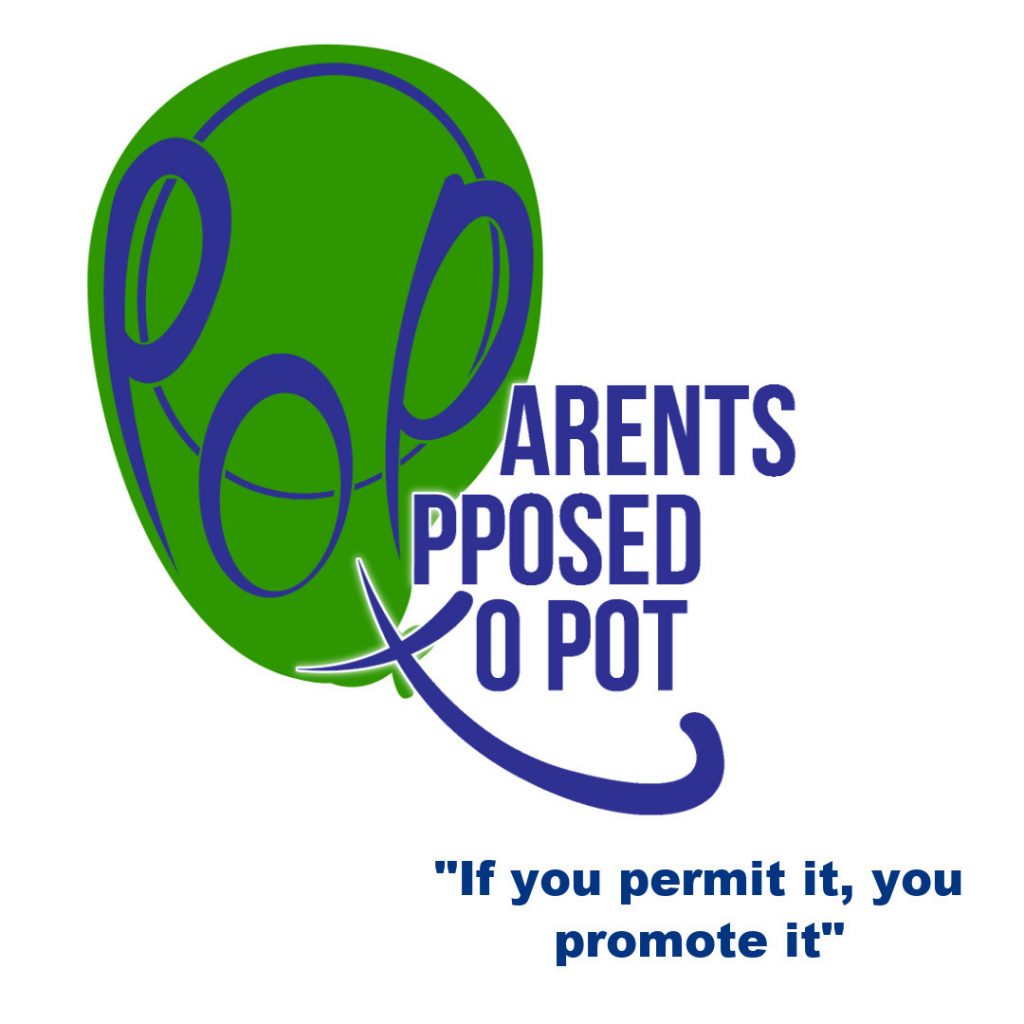The normalization and continued promotion of drug use kills people, harms individuals and harms society. The Drug Policy Alliance (DPA) turned people against the “War on Drugs,” a term the government stop using in 2009. The DPA aims for legalizing all drugs, but now uses the term “decriminalization,” disguising their true goals.
DPA wishes to protect drug dealers so that they may never be charged with homicide if a person dies. A press release of November 2017, staked out DPA’s position against drug-induced homicide laws, claiming that “An Overdose Death is not Murder.”
For parents, whose children died after buying pills through dealers, friends or acquaintances, it’s a bitter pill to swallow: the DPA claims their children were already drug users, and no one should be held responsible for death.
Popular therapist Laura Berman warns parents, because her 16-year-old son, Sammy, died after purchasing a fentanyl-laced Xanax on Snapchat. According to Berman, marijuana was the only drug her son used before that fateful purchase. Unfortunately, the drug dealers who use social media are hard to trace and prosecute.
As the DPA’s harm reduction ideology downplays the harms of drug use, the addiction crisis continues, leading to more deaths, particularly of teens and young adults.
–PopPot.org
We suggest HighTruths.com replace the Drug Policy Alliance as the leading source of information on drugs. In it, Dr. Roneet Lev interviews a series of doctors and other experts from the front lines on current drug trends and problems.
Harm Reduction Strategy leads to more deaths
Drug Policy Alliance pushes the safety-first drug education program, as if young people can use drugs safely. According to their website, the program teaches both the benefits and risks of drugs. They endorse harm reduction, which is useful to an extent but will not as a fundamental policy stop our addiction epidemic. According to harm reductionists, drug addiction is caused by a background of trauma, not the drugs. Yet, people without traumatic backgrounds still get addicted to drugs, and the DPA’s claim that there is a safe way to use drugs doesn’t hold water.
The harm reduction ideology suggests the “War on Drugs” is the problem, not drugs. This clever public relations effort brings greater acceptance of drug use, invalidating the best in drug prevention efforts. DPA scorns abstinence-based substance abuse education, and they promote a positive view of drug use.
To treat addiction, the harm reductionists suggest moderate drug use and learning to use drugs “safely” and “responsibly.” Harm reductionists oppose the Alcoholics Anonymous model (includes Narcotics Anonymous), because it is a free, abstinence-based program helping people to stop using drugs and alcohol. However, recent research has shown AA to be as effective or more effective than other treatments.
We believe prevention and abstinence from drug use will be the only way to get our addiction epidemic under control.
As one of our partners in California, Safe Launch, tells us, “To permit drug use is to promote drug use.”
Drug use deaths, overdose deaths rise
Drug overdose deaths soared in some black communities during the COVID pandemic. Certainly the pandemic made things especially difficult for people in recovery and many people relapsed. Yet, influential newspapers promoted drug use for the “coolness” factor and a way to get through COVID.
Today fentanyl, a synthetic opioid, is the most common drug in overdose deaths.
The CDC estimates that more than 92,000 people died from drug overdose deaths in the 12 months ending in November 2020. This problem will continue until we make drug prevention, not harm reduction, our priority.
Even before the Drug Policy Alliance turned the “war on drugs” into a negative term, drug courts provided a road to recovery. Drug courts give the option of treatment to those who commit crimes while on drugs because of their addiction.
For the record, we support the use of naloxone and drugs to reverse overdoses. However, after saving a life, we need to rebuild lives and get people into treatment.


